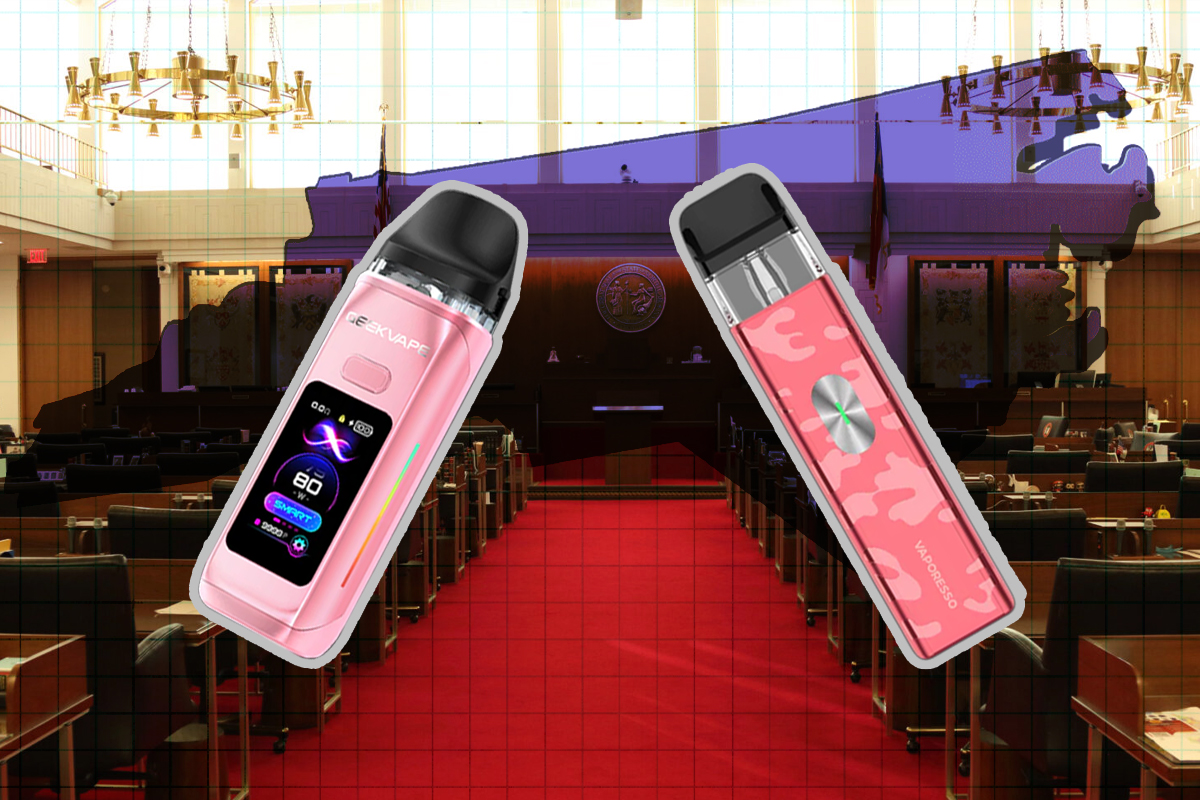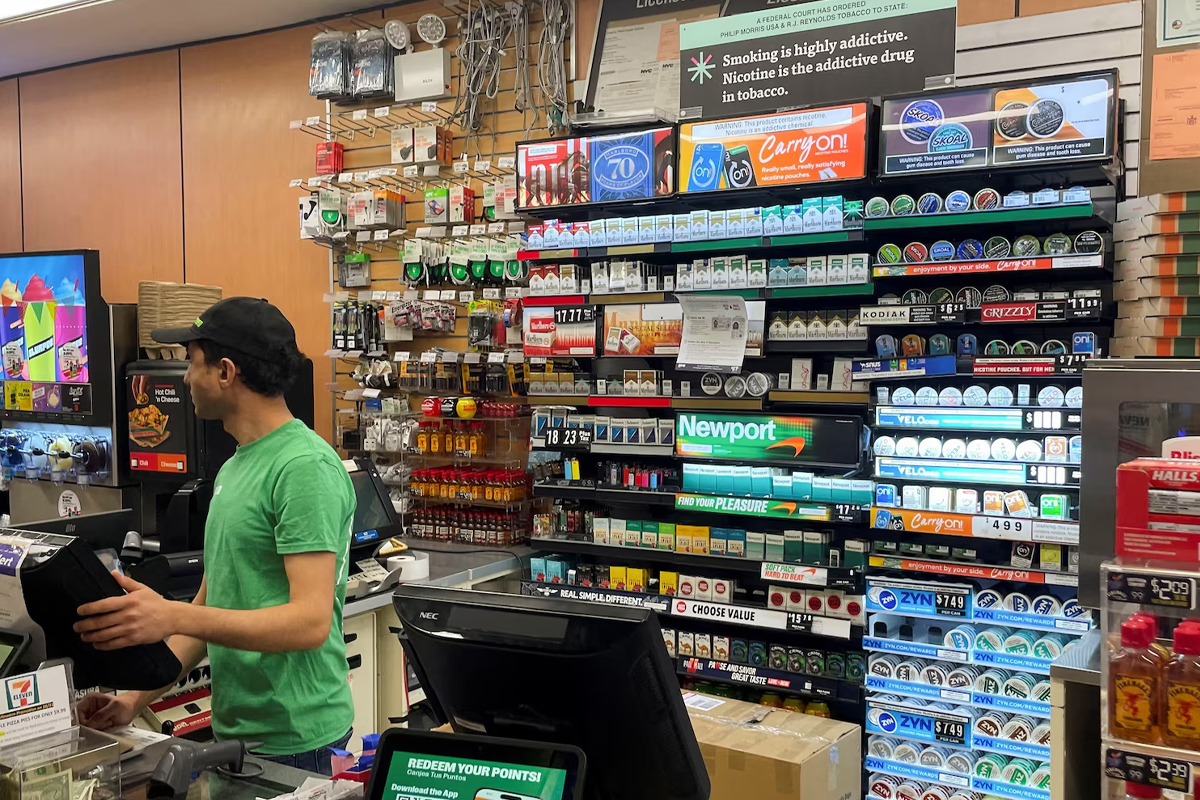A Broken System for Therapeutic Vape
Australia’s approach to regulating vaping appears fundamentally flawed according to newly released data revealing a drastic decline in legal supply channels and soaring black market activity. Statistics indicate that only one legal e-cigarette sale per thousand occurs through pharmacies under the current scheme, while illicit sales are 1700 times more common domestically. Despite government claims about “world-leading” legislation tackling access via border seizures of over eight million vapes last year – this represents roughly a sevenfold increase compared to the previous fiscal year’s reported seizures – these figures seem inconsistent with preventing harm.
Key Findings from Data
The figures point towards several policy failures:
- Severe Limitations on Pharmacy Sales: Data shows TGA-only sales are minimal, averaging just one per pharmacy provider group every two or three days since October 2024.
- Lack of Feasibility Studies: The parliamentary budget office did not conduct a government feasibility study for this scheme before its implementation, casting serious doubt on whether the policy model was even workable prior to being imposed.
- Pharmacist Disengagement: Very few pharmacies want to participate due to lack of interest and the associated constraints.
The Phillip Morris Withdrawal
Notably, Philip Morris Australia (PMA), which offered a range through selected pharmacies, has announced its withdrawal from this scheme entirely by July 1st, blaming regulatory hurdles preventing full compliance meeting their own standards for delivery. This further confirms regulators need to consider product availability and affordability more carefully.
A Different Strategy is Needed
Experience across global markets suggests that making e-cigarettes broadly available from legitimate sellers at reasonable prices represents a viable strategy for harm reduction while still tackling illicit trade effectively without driving users away.
Black market sales thrive because compliant products, even those made legally, remain expensive or inaccessible. Our recommendation:
- Shift Focus: Prioritize development of diverse regulatory pathways focused on making therapeutic grade e-cigarettes readily available and affordable through mainstream retailers and online platforms.
- Robust Compliance Standards: Maintain reasonable technical standards for nicotine delivery systems but facilitate supply chains that bypass pharmacy-only restrictions hindering legitimate participation.
Conclusion
Australia can learn from these outcomes; effective public health policy does not mean creating scarcity or barriers to legal access while the black market explodes in size or major suppliers leave entirely. A genuine reduction in tobacco’s harm requires balancing enforcement against uncontrolled products with realistic pathways for smokers needing alternatives—most of which involve widespread, regulated availability.
Tags: Australia






